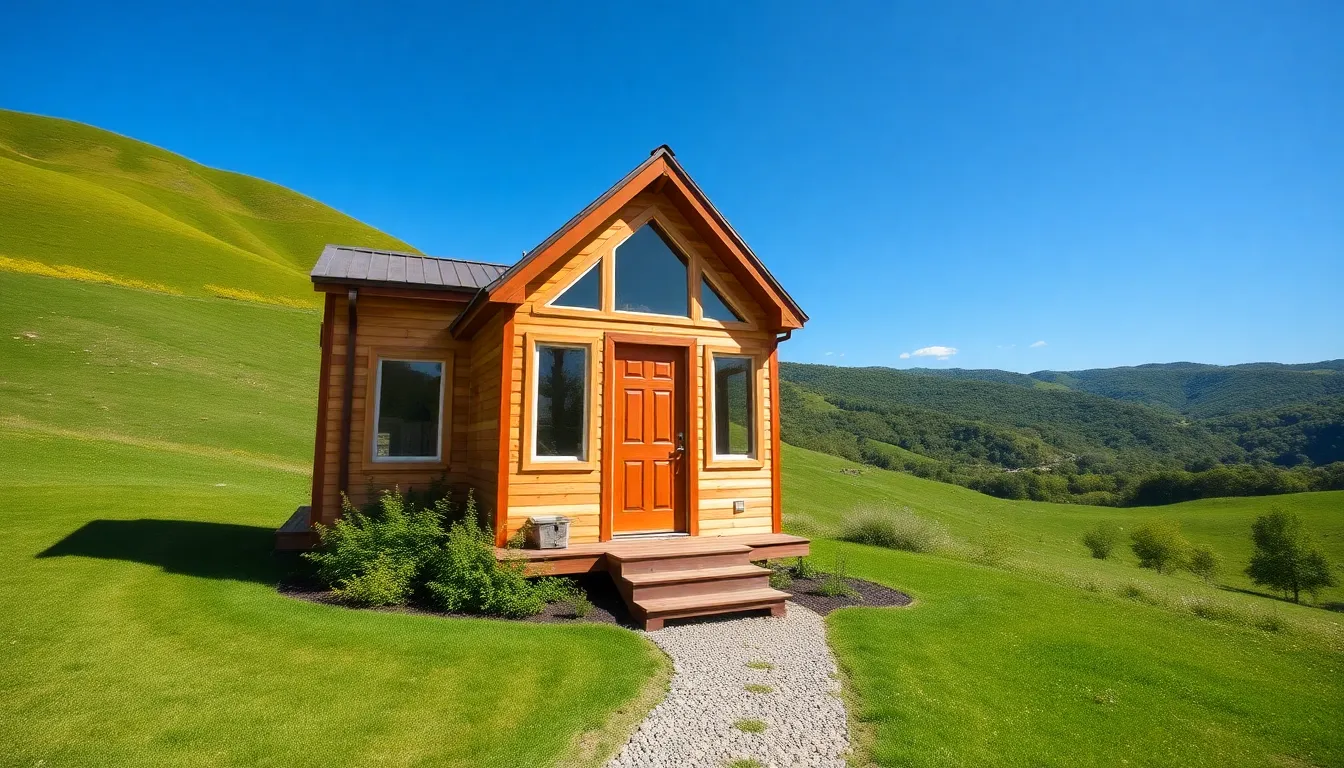Have you ever watched home renovation shows and thought, “Why can’t I build my own castle?” Well, with a self build mortgage, you can. In this guide, we’ll uncover everything you need to know about turning your dream home from blueprint to reality. It’s not just about bricks and mortar: it’s about making your space uniquely yours. And don’t worry, this isn’t just for the construction-savvy. Even if you can’t tell a hammer from a screwdriver, we’ll break down the complexities so you can navigate the world of self build mortgages like a pro. So grab a hard hat and let’s immerse.
Table of Contents
ToggleUnderstanding Self Build Mortgages

Self build mortgages are specialized loans that enable individuals to finance the construction of their own homes. But what does that actually entail? Instead of buying a house that’s already built, you’re designing and building your dream home from scratch or tackling a substantial renovation. These mortgages typically work differently than standard home loans, focusing on the value of the finished property rather than the current state of the land.
It’s important to note that there are usually two primary types of payments: drawdown and repayment. In a drawdown arrangement, funds are released in stages throughout the construction process. Repayment mortgages function a bit like traditional mortgages, where you pay interest only until the property is built and then start repaying the principal. This flexibility can provide financial relief during those busy building months.
Types of Self Build Mortgages
When stepping into the realm of self build mortgages, one will encounter a few different options tailored to various needs. Here are the main types:
- Traditional Self Build Mortgages: These loans cover the entire cost of the build, with specifics varying by lender.
- Self Build Mortgage with a Fixed Rate: This option locks in an interest rate for a specified period, offering predictability in budgeting.
- Self Build Mortgage with a Flexible Rate: While these rates can fluctuate, they often come with lower initial payments.
- Finance Through a Lender Specializing in Self Builds: Some lenders focus only on this market, providing tailored solutions.
Each type presents its own advantages and disadvantages, depending on one’s individual circumstances and goals. Finding the right fit can make all the difference.
How to Apply for a Self Build Mortgage
Applying for a self build mortgage might seem daunting at first, but with the right steps, it can be a straightforward process. Here’s how one can get started:
- Research Lenders: Start by researching lenders that specialize in self build mortgages. Check their requirements and offerings.
- Choose the Right Type: Decide which type of mortgage suits your building project best based on your financial situation.
- Prepare Your Documents: Gather necessary documentation, including proof of income, credit history, and project plans.
- Create a Detailed Budget: Outline the total cost of the project, including land purchase, materials, and labor.
- Submit Your Application: Fill out the mortgage application form provided by the lender and submit your documents for review.
After submission, be prepared for follow-up questions from the lender, as they will require clarity on project timelines and costs.
Advantages of Self Build Mortgages
Self build mortgages aren’t just loans: they offer a plethora of benefits that make them appealing. Here are a few key advantages one should consider:
- Customization: Owning a self build project means you can tailor every inch of your home to meet personal preferences and needs.
- Potential Cost Savings: With careful planning and execution, constructing a custom home can sometimes be more affordable than purchasing an existing one.
- Building Equity: As the project progresses, the homeowner builds equity in their property, which can be beneficial for future endeavors.
- Sustainability: Many individuals choose to incorporate eco-friendly materials and energy-efficient systems when building from the ground up.
Challenges and Considerations
Even though the exciting prospects, self build mortgages do come with their own set of challenges. Here are essential considerations:
- Time Management: Building a home is rarely a quick process. Delays can occur, leading to extended project timelines.
- Unexpected Costs: Costs may escalate due to unforeseen circumstances, including changes in project scope or materials.
- Complexity of the Process: Navigating the legalities, regulations, and permits required for building can overwhelm even the most organized individuals.
- Financing Risks: If the project runs over budget or the home doesn’t sell, there’s a financial risk involved.
Tips for a Successful Self Build Project
To make a self build try successful, here are some practical tips:
- Do Your Research: Gather as much information as possible about building techniques, materials, and the overall process.
- Hire Reliable Professionals: Ensure that architects, builders, and contractors have good reputations and experience in self-build projects.
- Plan Thoroughly: A detailed plan helps in effectively managing budgets and timelines. Lay out every detail, from design to landscaping.
- Stay Flexible: Unexpected challenges will arise, so maintain a flexible mindset to adapt to changes.
- Regular Communication: Keep in touch with everyone involved, ensuring everyone is on the same page about progress and expectations.






